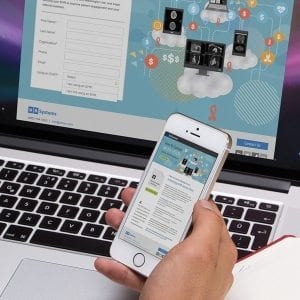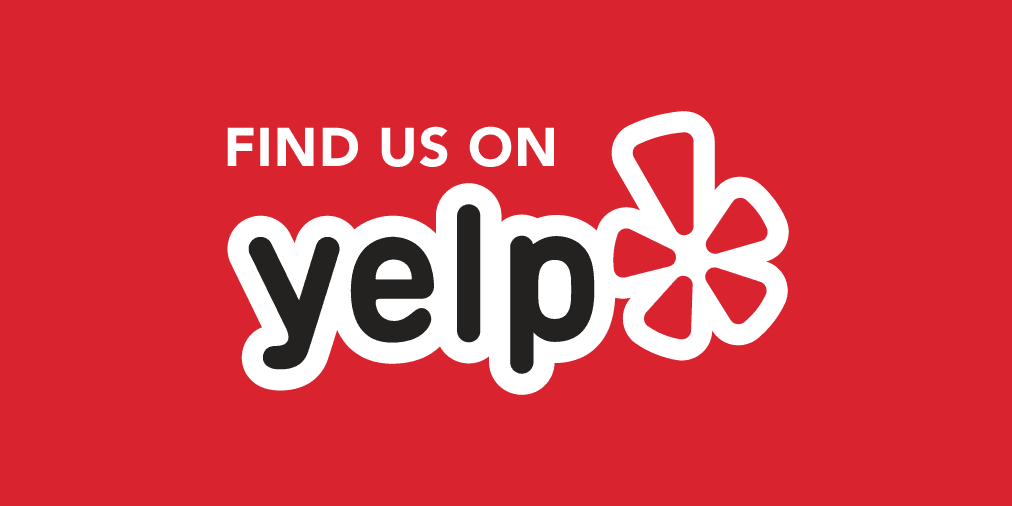Last week, Budweiser announced a temporary name change to their flagship beer by changing the labels on their cans to “America”. Already a controversial topic across social media, Budweiser’s ability to ride the wave of current events highlights the power of packaging design and staying relevant using pop culture. Upon its release, Budweiser’s executive stated that, with the upcoming election and summer Olympics, this summer “should be the most patriotic summer this generation has ever seen.”
Circulating since late 2015, early 2016, the brand’s new design not only highlights their history but it also brilliantly highlights the brand’s ability to stay relevant by incorporating popular culture. From the “bow” design that came out around Christmas to removing the “swoosh” sign on their Bud Light product that created synergy between both product lines, Budweiser’s ability to embrace reinvention while staying true to its brand is a high risk. However, with high risk comes (hopefully) high reward. In this case, Budweiser won.
Budweiser’s marketing strategy focused on creating a more iconic design and delivering a big media push helped the beer company soar in brand recognition. As it was able to perfectly position itself, Budweiser was able to remove its name from their packaging without fear of misidentification or losing brand equity.
This isn’t the first time a major brand changed their label to boost sales. Fellow corporate giants such as Coke, Pepsi, Snickers, and Heinz have all deployed a temporary label change over the recent years. Coke, personalized bottles and cans for their “Share a Coke” campaign, which proved to be wildly successful. Pepsi then followed suit by personalizing their bottles and cans with custom emojis. All brands have shown great use of brand equity because they were able to remove their name from their packaging and still be able to resonate with their buyers.
This marketing technique begs to question, why would a company take its most intimate brand asset and replace it? By elevating a word or concept to be the equivalent of the brand name makes a bold statement of what the brand stands for and it’s association. For Budweiser, this meant solidifying what their brand means to consumers in a tactful, yet powerful way. By stating that they are America’s beer, they benefit from everything associated to what the word “America” means.
Using this metaphor, Budweiser pairs their brand’s position with patriotism and freedom. And long after the campaign is finished, and Budweiser’s label returns to back to normal, their association with “America” will remain – the King of Beers is a crisp and refreshing can of pure patriotism.
Another benefit to Budweiser stating such a big claim to the “America” label is that no other beer can make that claim. Snickers can cure someone of having low blood sugar, or in other words, cranky. Coke isn’t a product – it is a name – it is Sarah, Cody, or Melissa. With that said, these names cannot be associated to Pepsi. This is how brands can stand out, draw attention within the media but also gain a bigger following to people who are not loyal to the brand.
What can we learn from these brands who are able to temporarily re-identify themselves? We can learn that, if a brand is not recognizable enough without the logo, the brand doesn’t yet have strong brand equity. If the temporary re-identification isn’t compelling enough and doesn’t relate to their target audience, it doesn’t capture the goal of the campaign. For example, it would not make sense for Budweiser to change their name to say “England” or even say that their beer is “flavorful” when their loyal consumers are based in the U.S and their beer is more crisp and refreshing. Brands should not take temporary label changes lightly. If companies re-identify their brand too often, their brand becomes diluted and may end up no longer meaning anything at all. Brands should only make a change if it is important and beneficial to the heart of the brand that merits being center stage.









